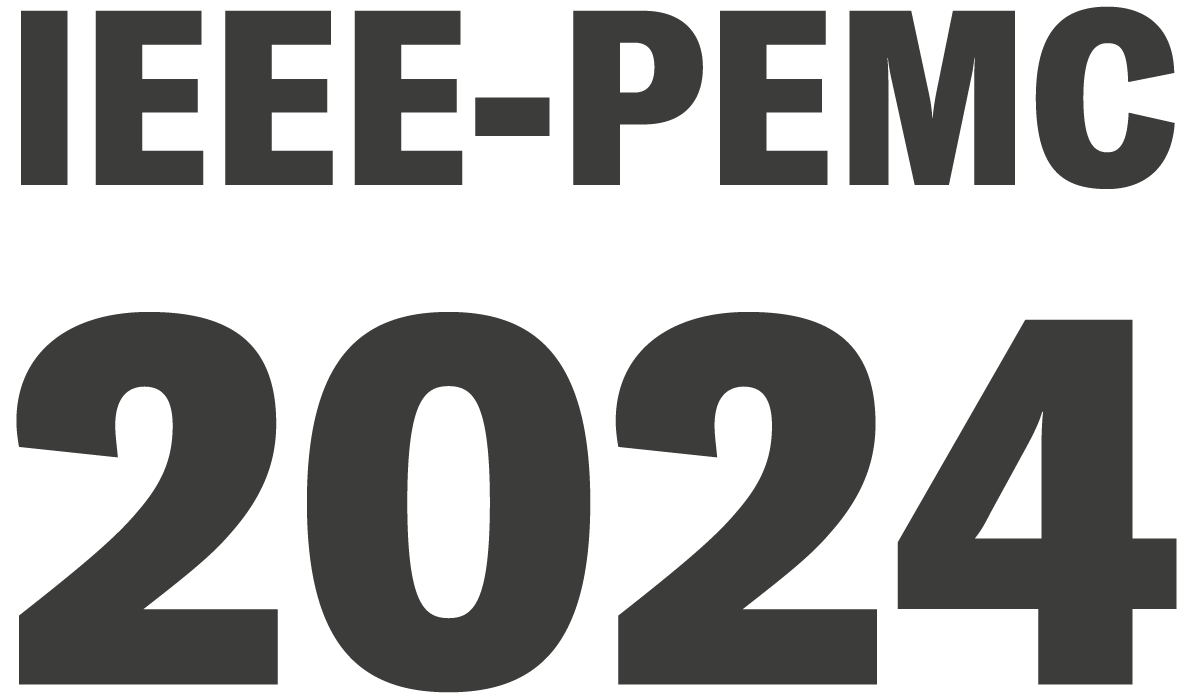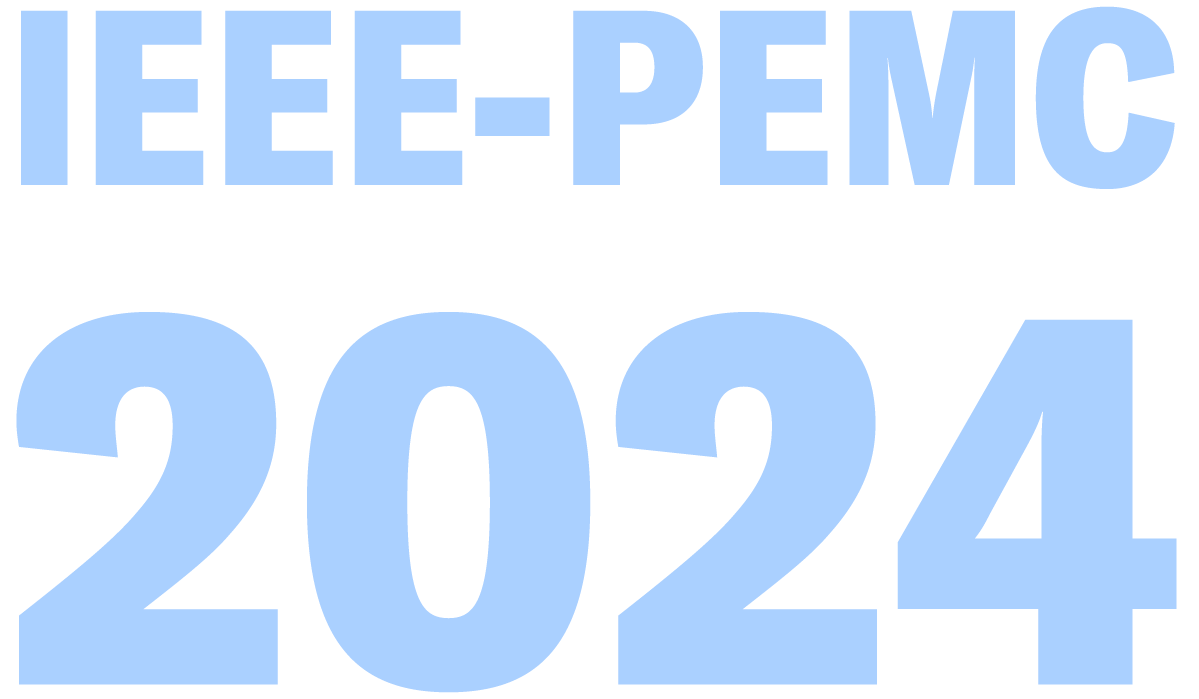Electrified Air Transportation: Trends and Challenges
Abstract:
For two decades, the air transportation industry is undergoing a deep revolution, in which most actuators are being electrified. This started with the concept of “power by wire” leading to the well-known more electric aircraft (MEA). Then, electrified propellers have been considered for small air vehicles, like electric vertical take-off and landing (eVTOL) vehicles and very small aircraft. The trend is towards larger aircraft to be propelled by electric motors. The aim is to enhance reliability and propulsion efficiency and reduce maintenance costs and environmental impact. As an example, for vital functions like flight control system and landing system, the target mean time between failures (MTBF) for electric actuators is 109 hours. To get there, the aircraft industry must develop new electronic, electrical, and mechanical components, and look at new means to monitor them throughout their operating life. Hence, the reliability and fault-tolerant capability and control of power electronic converters, electric machines and microgrids become increasingly more important in modern aircraft. In this tutorial, after a quick overview of the concepts and presentation of some existing motor drive topologies in electrified air transportation systems, the speaker focuses on some specific use cases. Different topologies will be studied and compared in terms of reliability, power density, and cost. Then, some topologies will be selected for which adequate control algorithms will be developed under different operating conditions including fault situations. This includes the state of the art of motor control techniques and their design, performance and robustness supported by simulation and experimental results. Also, some auxiliary functions like active stabilization will be considered. Finally, future challenges and trends in electric motor control for air transportation will be discussed.
About the speaker:
Dr. Babak Nahid-Mobarakeh (IEEE M’05–SM’12–F’22) received the HDR (habilitation) and PhD degrees in electrical engineering with highest distinction respectively from the University of Lorraine, Nancy, France, in 2012 and the Institut National Polytechnique de Lorraine, Nancy, France, in 2001. From 2001 to 2006, he was with the Centre de Robotique, Electrotechnique et Automatique, University of Picardie, Amiens, France. In September 2006, he joined the Ecole Nationale Superieure d’Electricite et de Mecanique, University of Lorraine, Nancy, where he was a Professor until December 2019. Since January 2020, he has been a Professor with McMaster University, Hamilton, ON, Canada. Dr. Nahid has authored or co-authored more than 300 international peer-reviewed journal and conference papers as well as several book chapters. He is the recipient of several IEEE awards and holds 28 published patents. Dr. Nahid has chaired several conferences in the area of the control and electrification of transportation systems. Furthermore, he served as an executive officer, then the chair of the Industrial Automation and Control Committee (IACC) of the IEEE Industry Applications Society (IAS) between 2012 and 2019. He was also the IACC Committee Administrator and Technical Committee Paper Review Chair of the IEEE IAS. Currently, he is the Vice Chair of the IEEE Power Electronics Society Technical Committee on Electrified Transportation Systems (PELS TC4). He is also a member of the Power Electronics and Motion Control (PEMC) Council. Dr. Nahid’s main research interests include nonlinear and robust control design for power converters and motor drives, fault detection and fault-tolerant control of electric systems, and design, control, and stabilization of microgrids.

